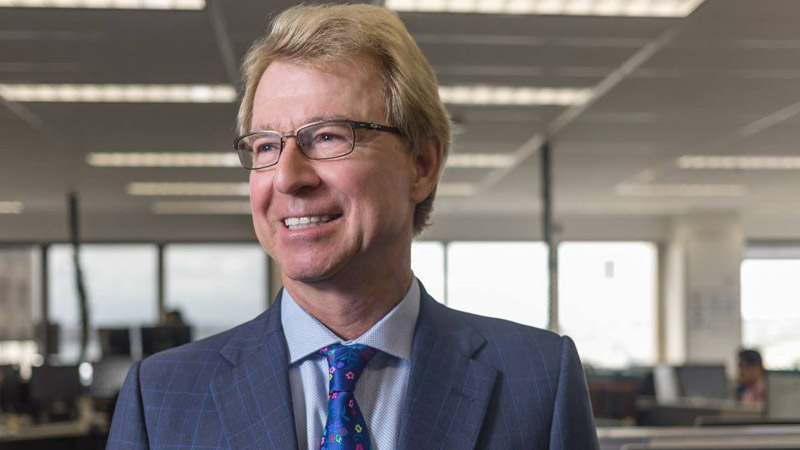How will printing money stabilise the economy?
Following a rate reduction to record lows and the central bank starting unconventional monetary policy, a leading economist has explained how the central bank will need to get creative in order to support growth.
According to AMP Capital chief economist Shane Oliver, now that interest rates have hit almost zero, at 0.25 of a percentage point, the central bank has started Modern Monetary Theory (MMT) through quantitative easing.
“When interest rates have already fallen to zero, in order to support the economy, central banks have been turning to boosting the quantity of money in the economy. Hence, quantitative easing,” Dr Oliver explained.
Dr Oliver said that if a country borrows in its own currency (which Australia does, so there is no risk of a currency crisis) and there is more risk of deflation than inflation, then there is nothing wrong with using money printing to finance government spending, which can be allocated in an equitable way.
What is the downside of MMT?
The challenge with helicopter payments or printing money is the potential for hyperinflation, which sees a currency devalue and the price of goods increase, Dr Oliver explained.
“The biggest risk in this whole strategy is that the expansion of the money supply results in a surge in inflation. Early last decade, when QE became popular, there was much talk of hyperinflation and the US becoming the next Zimbabwe — but it didn’t, because while narrow measures of money (cash and bank reserves) surged, broader money supply measures like credit growth remained subdued, and at the same time, spare capacity in the economy remained high,” Dr Oliver said.
The chief economist said that once economic activity has recovered, there is a bigger risk of inflation and central banks may have to reverse easy money.
“But that’s an issue for some time away. We still have to end the shutdowns, and all go back to work and spending first,” Dr Oliver concluded.








